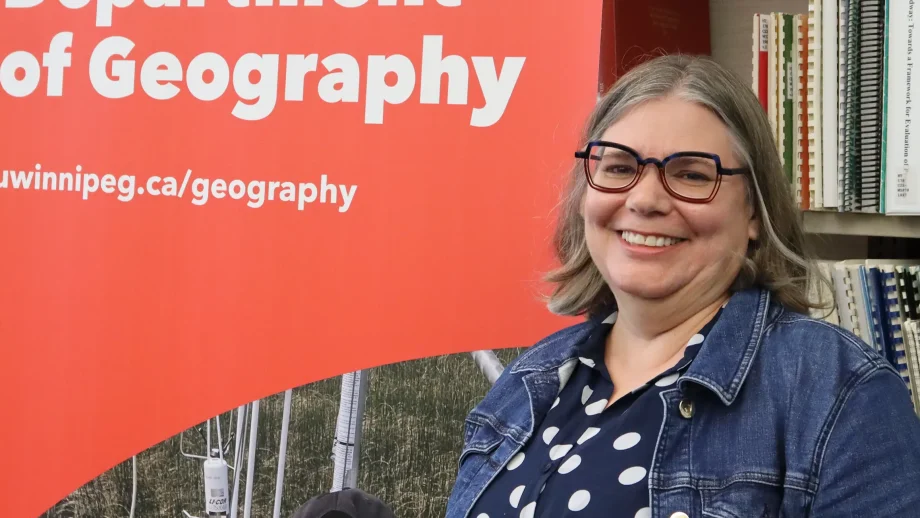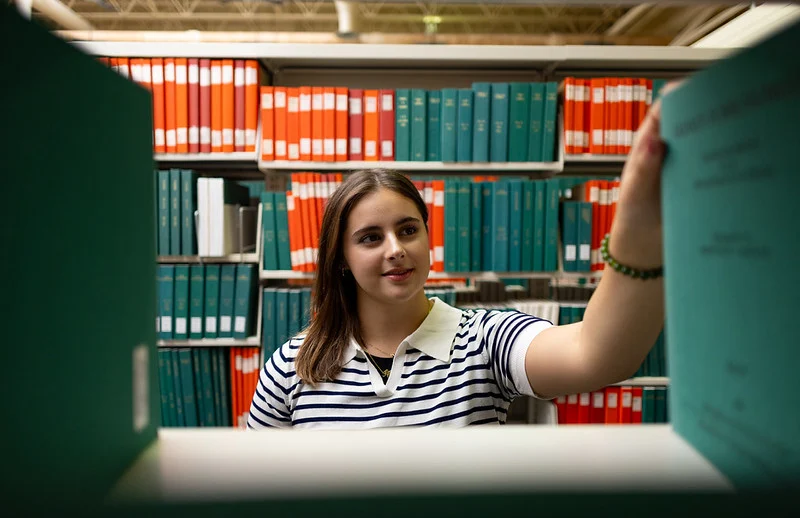Strings of symbols arise everywhere – in DNA, data streams, languages, or in algebra – but their basic mathematical properties are still being worked out.
Applications for pure mathematics is a long game. It asks questions that take time to answer, and positive results may not always have an immediate purpose. As stated by mathematician Benjamin Peirce, mathematics is “the science that draws necessary conclusions”, which helps us understand our universe.
A classic example is seen with Number Theory, the study of prime numbers, squares, cubes. Since the ancient Greeks, Number Theory was studied for its own sake, as an abstract intellectual pursuit.
Conceptually, the sequences I study may be repetitive, but they’re not boring.
Dr. James Currie
Now what originally was an abstract intellectual pursuit has paid off. The discovery of powerful cryptographic methods involving primes in the late twentieth century means that currently Number Theory directly affects banking and cryptography.
Word Theory
However, instead of numbers, UWinnipeg’s mathematician Dr. James Currie, studies words, also known as strings. He recently received a Natural Sciences and Engineering Research Council of Canada (NSERC) Discovery Development Grant for his project Abelian Repetitive Thresholds.
His research is known as Combinatoric on Words. Dr. Currie suggests it could be called “Word Theory”.
In the same way that Number Theory studies whole numbers and their operations, such as addition, subtraction, and multiplication, Combinatorics on Words, or Word Theory, studies words and their operations, such as concatenation, looking at a series of interconnected things, repetition, deletion, and substitution.
“Conceptually, the sequences I study may be repetitive, but they’re not boring,” shared Dr. Currie.
Dr. Currie’s research goal of an Abelian Dejean’s Conjecture is projected to be difficult to achieve. However, he loves a challenge. In 2009, he proved Dejean’s Theorem* with his UWinnipeg colleague Dr. Narad Rampersad.
Dejean’s Theorem, formerly Dejean’s Conjecture, is a statement about repetitions in infinite strings of symbols in the field of combinatorics on words.
“Unlike Number Theory, Combinatorics on Words is a modern concept,” said Dr. Currie. “Its origin is generally traced to a 1906 paper by Axel Thue, who, ironically, was a number theorist!”
Dr. Currie points to data compression schemes: “When you zip or unzip a computer file, you use the Liv-Zempel-Welch (LZW) algorithm. The LZW scheme is also the basis of the popular .gif format for computer images and works by finding and coding repetitions in strings of symbols. Where a computer photograph is just a long string of zeroes and ones.”
Repetition is the question
Repetitions always occur in strings; the question Thue addressed was how far apart they can be spaced. From a modern point of view, the frequency with which strings repeat in data will be related to the efficiency with which LZW can compress the data.
The question of repetitions in texts later caught the attention of the famous Hungarian mathematician Paul Erdős. In 1957, Erdős asked whether a text could avoid an Abelian repetition – a sequence sitting next to a jumble, or anagram, of itself.
The Abelian (or jumble) repetitions studied by Erdős seem to be much harder to understand than the repetitions studied by Thue.
Dr. Currie, having solved Dejean’s Conjecture, is now looking for the analogous result involving the harder, Abelian, repetitions of Erdős. He describes the result for which he is looking as an “Abelian Dejean’s Conjecture”.
Although currently there is no direct application for his research, like Number Theory, it will find a useful place in mathematics – if not today, then tomorrow.
* Dr. Currie notes that an independent solution for Dejean’s Conjecture using different techniques, was published simultaneously in France, by Michäel Rao.





